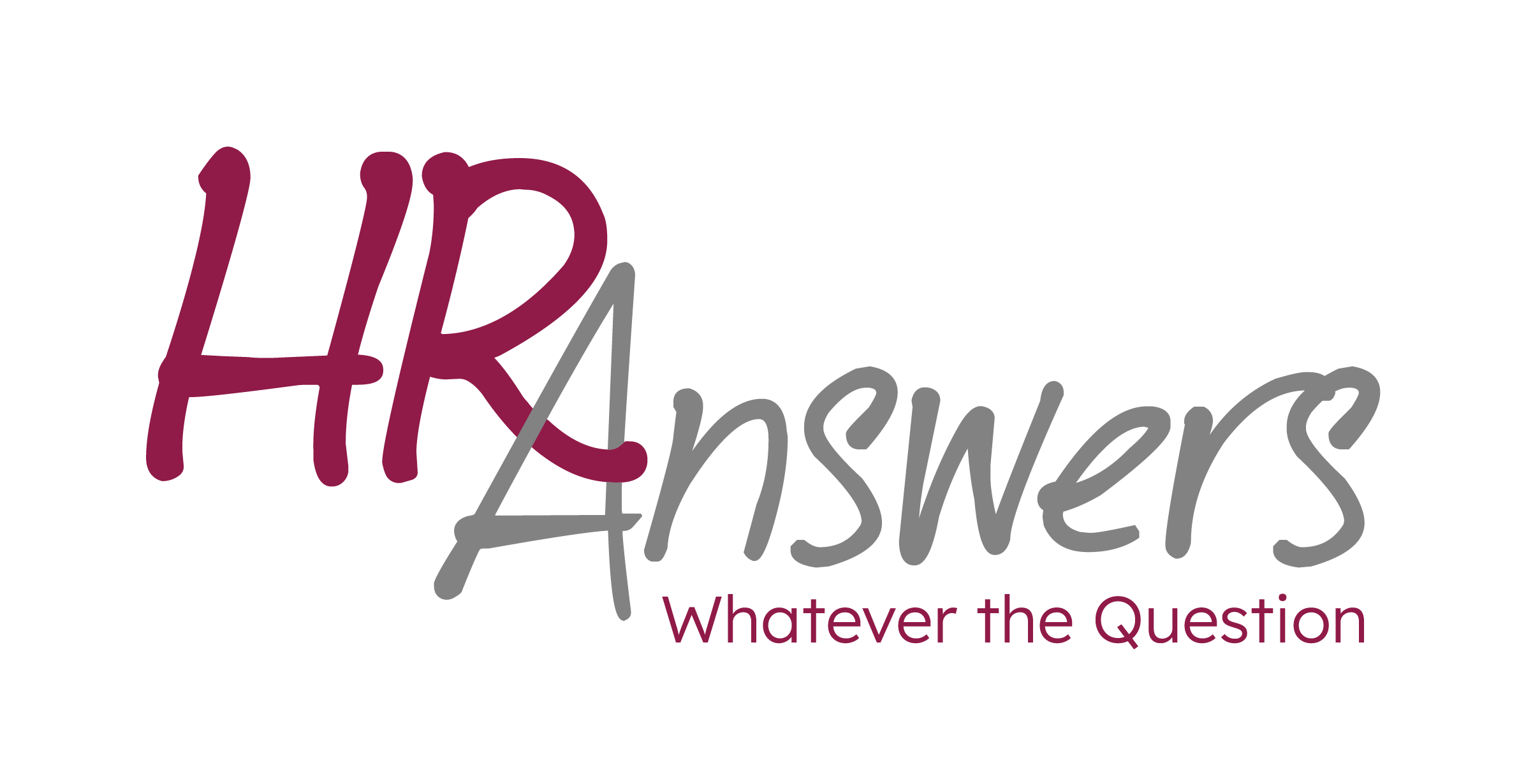Shifting work dynamics and the desire for a better life balance has made this an on-going topic of discussion at all levels within our workplaces. Organizations that offer flexibility can help attract and retain top talent, increase productivity, and adapt to evolving business needs.
In the broadest of terms flexibility refers to a working arrangement where employees have input to their schedule to accommodate the varying needs and lifestyles of employees AND we need to meet business goals and needs too. This concept has gained popularity in fact, according to the Equality and Human Rights Commission, 63% of full-time employees are now working in a flexible role.
Before implementing flexible working hours in your organization, it is crucial that you carefully evaluate the pros and cons associated with this approach. This will allow you to make an informed decision and determine if flex hours align with your organizational culture, employee needs, and operational requirements.
Here are some key benefits:
Life balance: Flex hours enable employees to better manage their personal obligations, resulting in reduced stress and improved work-life balance.
Employee satisfaction and engagement. Offering your employees flex hours shows them that the organization values their needs, leading to higher job satisfaction, engagement, and morale.
Increased productivity: With a flexible schedule, employees are able to work during their most productive hours, leading to enhanced efficiency and increased productivity. This can also help to increase focus and eliminate potential time wasters.
Increased accountability: This form of scheduling can boost employee accountability as individuals are empowered to take ownership of their work and manage their time effectively.
Reduced absenteeism: Flex hours enable employees to handle personal matters without taking full days off, minimizing disruptions and reducing absenteeism. To the same effect, this approach can also help you reduce employee tardiness, especially if your employees are often late due to personal commitments.
Talent attraction and retention: Many job seekers these days value perks and benefits just as much as salaries. As a result, offering flex hours can help you attract and retain top talent in a competitive job market.
Diversity and inclusion: Flex hours accommodate employees with varying needs, contributing to a more diverse and inclusive workforce.
Employee health and wellbeing: Flex hours support employees’ physical and mental health by allowing time for exercise, self-care, and medical appointments.
Enhanced loyalty and reduced turnover: Flex hours foster employee loyalty and commitment to the organization, increasing retention and reducing turnover costs.
These are also some potential drawbacks of implementing flex hours that you also need to be aware of:
Difficulty in scheduling meetings: Coordinating meetings can become more challenging when employees have different schedules.
Inequity and perceived favoritism: If you decide to offer flexible work hours, it’s important to do so consistently. Otherwise, it can create feelings of unfairness or claims of favoritism among employees. This, in turn, can lead to morale issues and strained relationships.
Reduced collaboration and communication: When employees have different schedules and they are not present in the office at the same time, it can be challenging to coordinate meetings, share ideas, and have spontaneous discussions. It can also impact your corporate culture, especially if your employees work remotely.
Customer service challenges: Flex hours can result in delayed response times for customer-facing roles, potentially impacting customer satisfaction.
Time tracking challenges: Monitoring employee working hours becomes more complex with flex hours, making it harder to ensure accurate timekeeping and preventing potential abuse.
Burnout risk: Flexible work arrangements can blur the boundaries between work and personal life, potentially leading to overworking and burnout.
Scheduling issues: Flex hours can make it harder to schedule tasks and, as a result, require additional planning and coordination.
If you’ve decided that this approach might work well in your business, the next step is creating and implementing a flex schedule policy. We have created some sample language for your consideration.
Here are some additional tips and best practices to help you effectively manage flexible hours in the workplace:
• Make sure you establish clear guidelines and expectations, especially in terms of communication, availability, and collaboration.
• Set specific core hours during which all employees must be available for meetings and collaboration. This ensures sufficient overlap for teamwork and communication.
• Provide employees with tools to schedule and manage their flex hours effectively. This includes shared calendars, time-tracking software, and project management tools.
• Define clear performance metrics and goals and remind employees that they are responsible for meeting these objectives consistently.
• Evaluate performance based on results and outcomes rather than hours worked. Focus on quality of work, meeting deadlines, and achieving objectives to ensure fairness.
• Conduct regular check-ins with employees to assess progress, provide feedback, and address challenges.
• Regularly review your policy and request employee feedback to identify areas for improvement.




